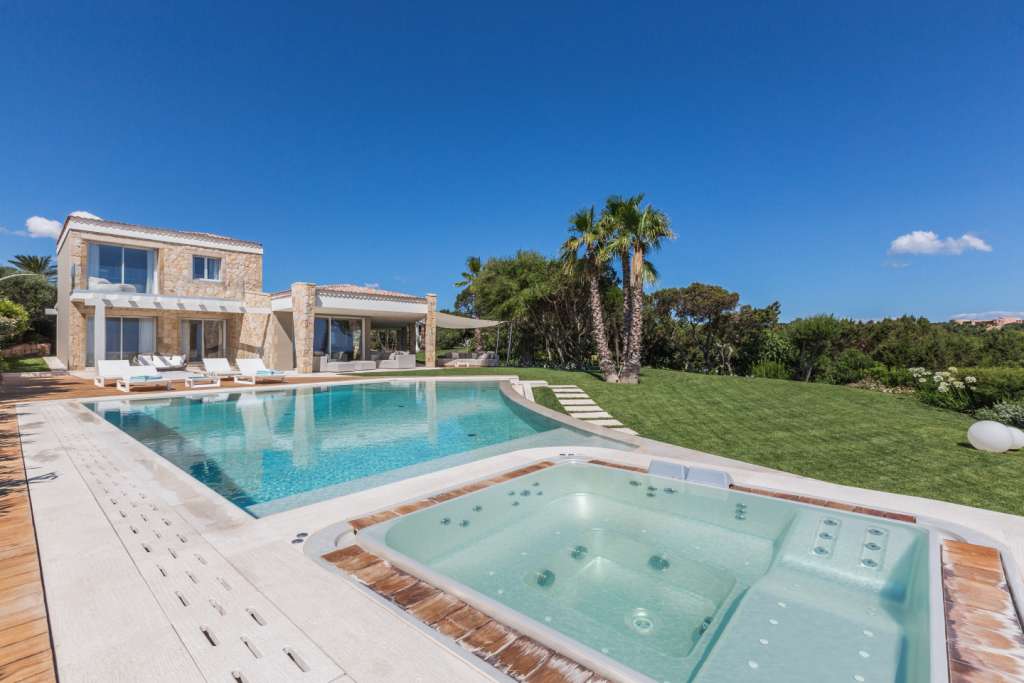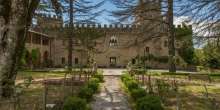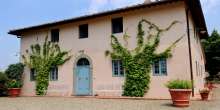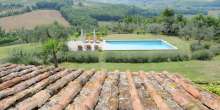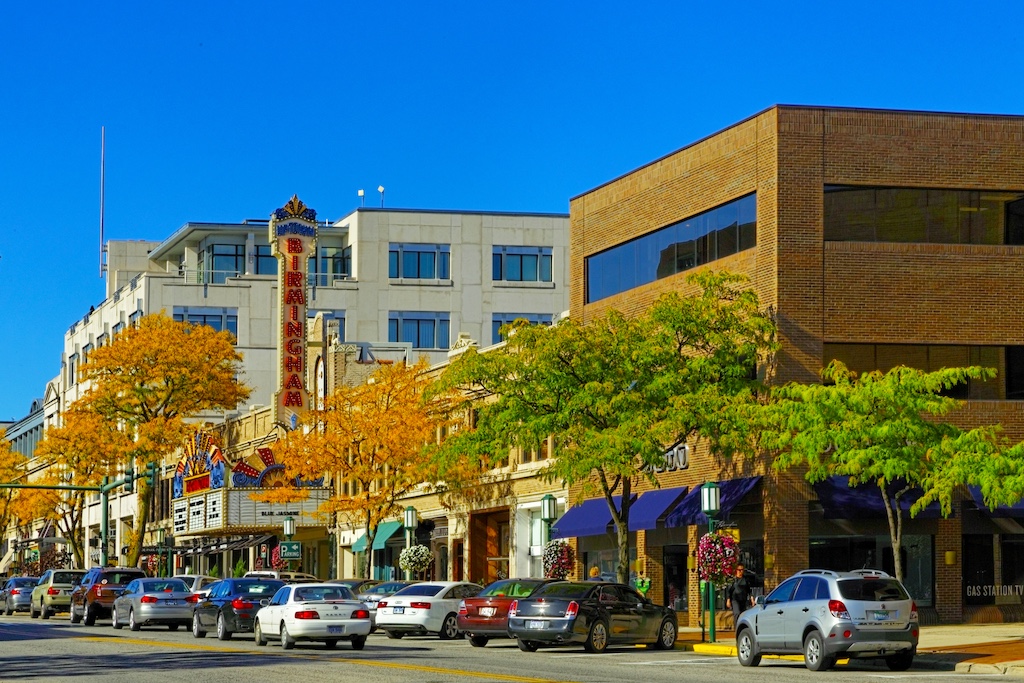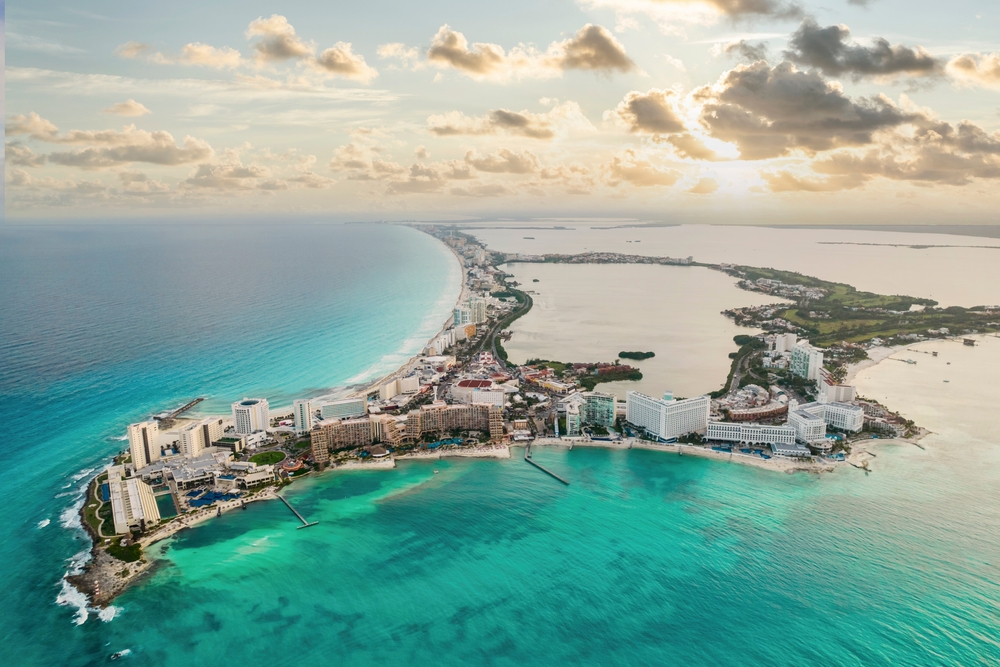Italy’s economy stagnated in the second quarter of 2016. In the real estate market and in the luxury sector, in particular, prices keep falling and sales volume continues to rise. 2017 may be the best year to invest in luxury property in Italy.
Why Invest?
According to Diletta Giorgolo Spinola, head of sales for Rome/Tuscany Sotheby's International Realty, the euro maintains its place of 20 percent lower than the dollar, which makes it profitable for buyers with dollars to buy low and sell at much higher prices when the market stabilizes. Luca Giovannelli, CEO of Casaitalia International, elaborates, “When the crisis arrived, most of the owners [and agencies, too] didn't recognize it at the beginning, so we had a period when everything was stationary; prices were too high, and the market went down.” It took a while and in some places, several years for sellers to realize the situation. But even with prices being taken some notches down, a significant amount of property remained on the market. It was only two years ago when most of the vendors started to properly re-price that the market started moving. According to Giovannelli, since this year, many properties have been re-priced, making it possible for buyers to pay 20 percent or 30 percent less than they would pay for these properties five years ago. This is how the market appears in Milan and Rome. “[It] give us a preview on the future evolution of the market,” adds Giovannelli.
Daria Burimova, real estate expert and analyst for Tranio.com, suggests that the price decline has proven attractive to investors who follow the adage of “buy low, sell high.” Investors adore Italy’s current real estate situation because it is a buyer’s market in every sense of the word. Burimova cautioned that once the recession property cycle has run its course, people will find it more expensive to buy. There will be growing competition and less demand. Prices will rise sky-high, possibly to the level of pre-2012 for investors. Today is the time to buy, since those who bought when prices were low will garner a huge profit at recession’s end when prices begin to rise.
Marco Badalla, owner of Property at Lake Como, observes that the market for luxury property is growing. A new horde of homeowners have placed their villas on the market, while many castles and glitzy mountain-edge properties have hit the market for the first time.
Cycles aside, high-quality property in Italy’s primary and secondary cities are always in high demand among local and international buyers, particularly right now, as Francesco Papurello of Luxury Portfolio International indicates, “Prices have never been so low, and the banks are giving loans.” An example of one such property going for an attractive price is a country house featured by Casaitalia International with a magnificent view of Todi, a town and commune perched on a tall, two-crested hill overlooking Perugia, in Central Italy. The Realtors sold this estate five years ago for 2.5 million euros. Since then, it has been re-priced at 1,950,000 euros.
Then there are the incentives. Spinola pointed out that property taxation in Italy is low compared to most European countries and the United States. Better still, capital gain tax ceases after five years. Finally, there’s the splendid view. “Italy has the best mix of quality of life, nature, history, and art, and is appreciated by international buyers looking for coveted destinations,” says Silvia Miorini, brand representative for Immobilsarda, a real estate agency for the Sardinia-Gallura Costa Smeralda market.
Investment Challenges
Deep-pocketed investors are dealing with an exciting market. Opportunities are plenty, but chaotic times can present problems, as well. For instance, obtaining a construction permit in historical cities and protected natural areas can be exceedingly complex. In particularly popular areas, such as Lake Como and the Italian Riviera, it’s almost impossible to find vacant lots for development purposes, Burimova reports. Bureaucracy can be at best a headache, and at worst, a migraine.
As Papurello pointed out, cases vary. Here’s the general consensus: First and foremost, the investor needs to determine his or her priorities. “Is he or she after high yields or investment liquidity? These are two very common investment priorities that don’t go hand in hand,” says Burimova.
Once investors know what they’re looking for, they should zero in on the properties best suited to their needs. Giovannelli and Badalla recommend that investors buy the best location or position in the area that they prefer. For example, on Lake Como, the best location directly overlooks the water. “Our suggestion is to buy waterfront objects. The most important areas are the Italian Lakes; Maggiore and Como very close to Milan Malpensa International Airport.” Other favored locations are coastal areas or historic cities such as Venice, Rome, and Florence. Other agents, however, insist that choice of locations is personal and depends on the buyer’s or investor’s lifestyle. “We generally recommend that our high-end clients play it safe by investing in stable areas, and that they target higher-than-average yield properties,” Papurello advises. Similarly, Miorini added, “Investors should seek quality, in all aspects, primarily, but not only in the location.”
Spinola advised that investors focus on buying scenic property in prime locations in Rome, Florence, and Venice―the three most important cities. In this way, they would gain steady rent gains and an almost guaranteed return on investment. Tuscany, too, could pass since it is a highly requested region. On the other hand, Giovannelli noted, “Locations a little less known than the most famous ones, can offer really good opportunities, [are] sometimes more interesting than the others.” He suggested that buyers also look for properties that maintain an “authentic” patina: "They are part of a history, and they will be forever unique. Be selective, but don't try to find the perfect property, it doesn't exist. Focus on two to three points that are the most important for you. The rest can be added or modified.”
In other words, it can be easy to become lost in today’s overstimulated market. You need to ground yourself and the way to do so is to carefully work out what you want, your budget, and your properties, and then target stable, profitable opportunities that showcase quality.
Where to Invest?
Northern Italy is reportedly the safest region for buying property, as it is prosperous and highly developed. However, high-end clients come with specific needs that also include regional GDP, the proximity to high-level healthcare facilities, transportation, and population growth, among other priorities.
According to Miorini, Costa Smeralda in Sardinia, the Lake District in North Italy, and Milan rank among top places. Costa Smeralda is an international market for buyers looking for unspoiled nature, sandy beaches, and luxury living at its best. The Lake District is a piquant historic region. While Milan boosts Italy with its fashion and design economy. Spinola recommended Florence, Rome, Venice, Milan, and the Tuscan and Umbrian countrysides, as well as Amalfi and Capri.
At the end of the day, foreigners seem to be led by their specific tastes. Burimova, for instance, finds that British and American investors often prefer the Renaissance-era architecture and breathtaking scenery of Tuscany, while Germans fall for the Italian Riviera, with its dramatic mountains, vibrant villages, and turquoise Mediterranean beaches.
Papurello noted that his largely Russian, German, Swiss, and Chinese billionaire clients tended to go for property situated on Lakes Maggiore and Como that were close to Milan Malpensa International Airport. They also preferred coastal location in historic cities, such as Venice, Rome, and Florence.
Badalla’s high-end Italian market prefers lovely, historic villas or new ultra-modern villas that are furnished with cutting-edge technology.
Giovannelli had his own experience. “There are two kind of investors: the ones that point just on the most known locations such as Rome, Milan, and Venice [for the apartments]; Lake Como, Dolomites, or Tuscany for the Country homes; and the ones that prefer to invest in other places such as Umbria, Le Marche, Apulia, or smaller towns of art such as Siena, Orvieto, Todi....” he says. “Those places can offer amazing properties with more choice and more space for the prices to increase.” He found that more of his buyers who sought upper-heeled estates tended to move from Tuscany to the Umbria and Le Marche regions, since homes in Tuscany have largely needed rejuvenation in contrast to the newly refurbished homes in other regions.
Ennio Morricone, a famous Italian composer, wrote: I was offered a free villa in Hollywood, but I said no thank you, I prefer to live in Italy. 2017 may be the year to buy an Italian villa for next to nothing.
Images courtesy of Lionard Luxury Real Estate, Beliving International Properties: Tranio.com partners / Luxury Portfolio International
This story is featured in the Winter 2016/Spring 2017 issue of Haute Residence magazine.

